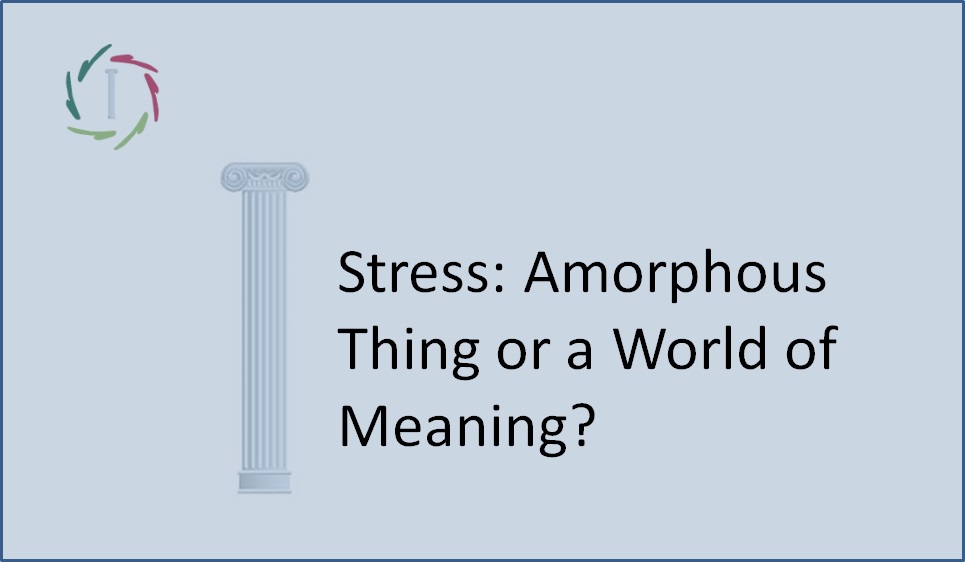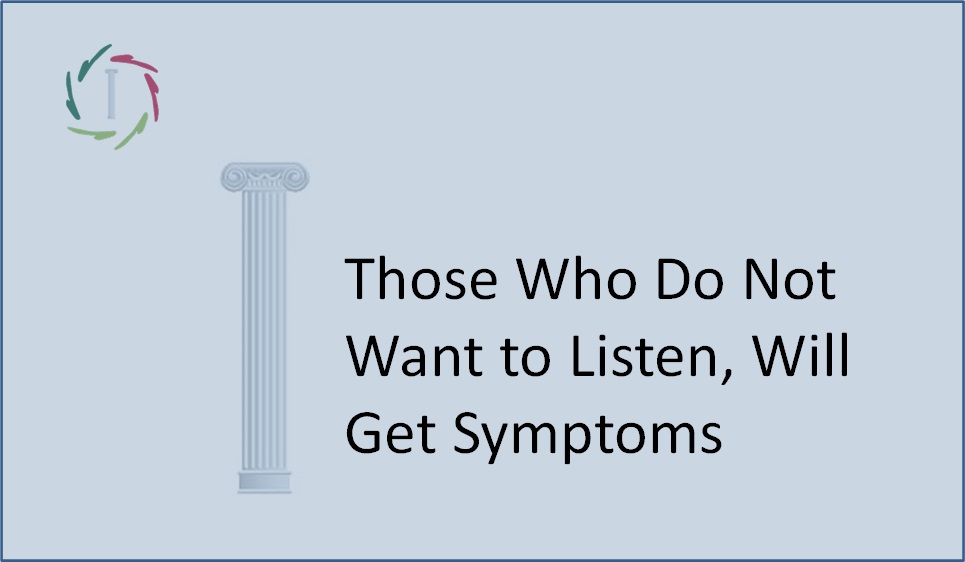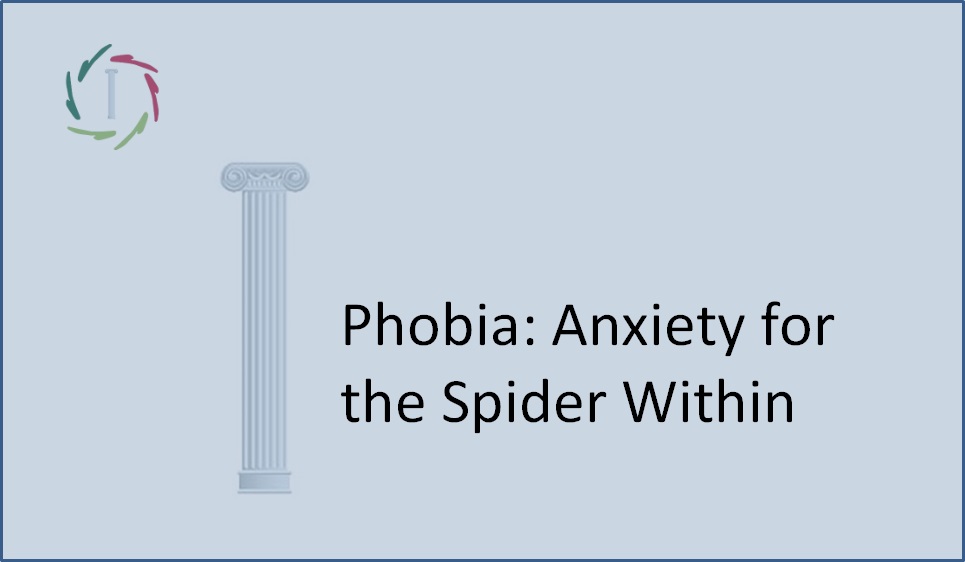43. A Pillow Full of Sleep, a Head that Roams the Late-Night Corridors

A good night’s sleep requires respect for nature within you.
One cannot simply fall asleep based on a mere act of will, such as by snapping your fingers or closing your eyes. That would be easy, of course. But it’s not. One can take care of the surroundings, though, lay down, eyes closed.
Ultimately sleep is always coming from itself.
Sleep “is coming upon you” as a gift in the night. Still, many people see a good night’s sleep as something they somehow need to grab and not just get. That makes a big difference.
Grabbing often gets in the way of getting. You may know it firsthand or second hand: The more effort one makes to fall asleep, the less chance it will succeed. Until one gets so tired of making all this effort that one lets go of the grabbing, and as a reaction, one receives the gift of falling asleep.
Nature is magnanimous.
Many people even see a good night’s rest as a right.
If they can’t get it, nor grab it, they’ll buy it. In the form of an evening pill, for example. As you may well know, I’m not talking about a few exceptional cases.
Unfortunately, this has little to do with getting a natural sleep. For many, it feels like an artificial sleep. After three weeks, this buying-off, regardless of what one gets, is no longer effective. All that remains is the rebound and a horde of insomniacs looking for a dream world.
But in reality, they are caught, sorry for the comparison, like rats in the nocturnal caves of Hamelin.
An inviting pillow, a head full of sleep
Something that can only be given, cannot be seized or bought. So there’s only one option left, and that’s inviting, letting go. If sleep comes a-calling, it is good. If sleep doesn’t come, it’s good too.
This does not fit into a cultural world model that is always reaching towards what immediately presents itself as the best option, without much insight. However, nature cannot be shackled. Nature wants its place, and it’s wise to give her that. In this case, this means letting go.
That may leave you with the impression that you are losing control, but rest assured, it is a control that you didn’t have in the first place. And what’s more, it’s just an impression.
A broader vision will allow you to take control.
The intention is that you invite so that what you desire will present itself as a gift. This way, everyone will be satisfied: both the pillow and the head.
As a caregiver, you take the first step in the right direction if you show the patient the vital difference between what it means to get sleep and grab sleep. It’s worth a try.
The next step is putting the invitation into practice.
That can happen in many ways. The following metaphor can clarify this.
A good dance requires a constant invitation. The person who leads the dance creates space for the dance partner. Important: it is the one who is ‘guided’ who eventually initiates the actual movement. If he doesn’t start the movement, that’s fine. However, if the leader, in that case, starts pulling or pushing his dance partner, the effect will be broken. The dance partner feels forced and prefers to walk away.
The same goes for inviting sleep. Whatever tool one uses, it is sleep itself that must take the first step. Otherwise, it won’t work.
This seems simple, and it is. Nevertheless, it is challenging for many to grasp the difference and put it into practice. Think of the old custom of ‘counting sheep.’ One sheep after the other skips along, and you start counting until you fall asleep. Now it is for you to find out:
Are the sheep skipping along by themselves, or do you make them do so? That’s not obvious, you see.
And yet, this is essentially the issue that so many people have to deal with every night.
Ha! Didn’t I see a sheep in sheep’s clothing passing by?


